Step into the Bohemian Nights at the Toulouse-Lautrec Museum
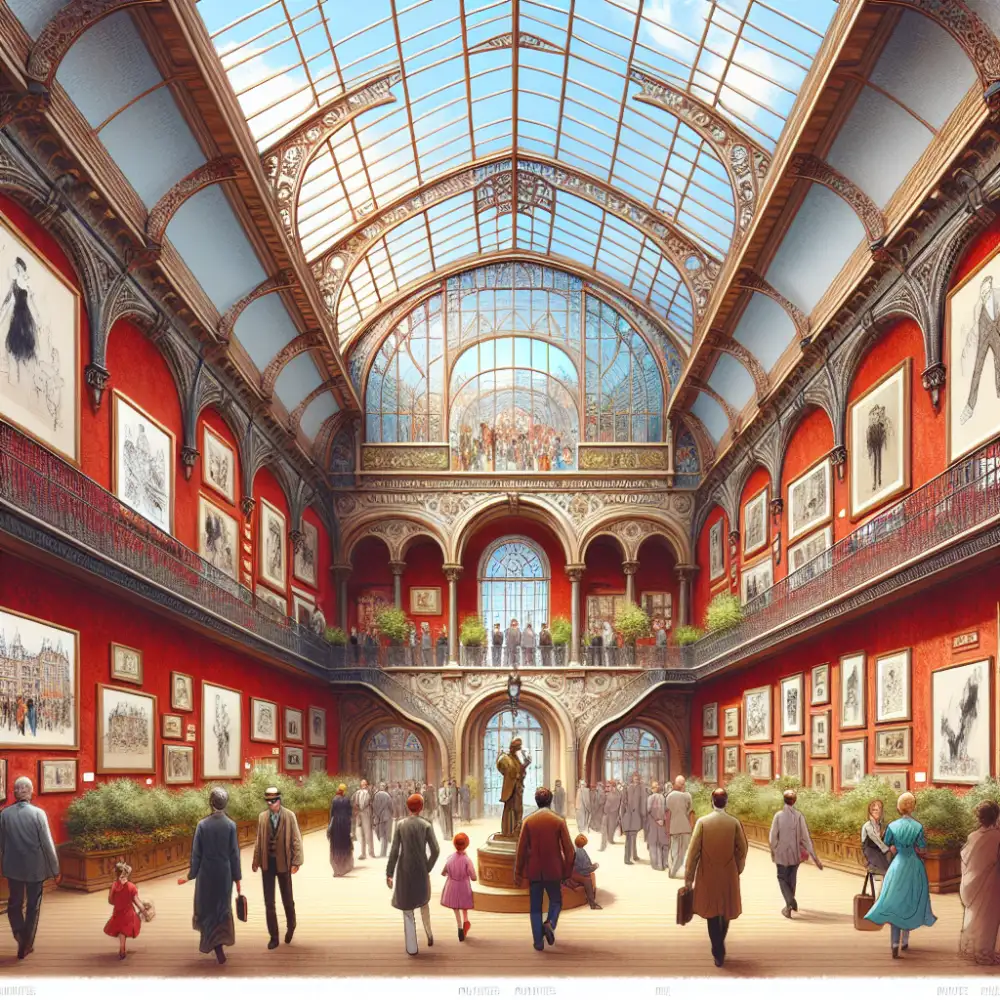
Nestled in the heart of Albi, France, a captivating museum stands as a testament to the life and works of Henri de Toulouse-Lautrec, one of the most iconic figures of the Post-Impressionist era. The Musée Toulouse-Lautrec, housed in the magnificent former Episcopal Palace, offers an unparalleled journey into the artist's world, showcasing the breadth of his artistic genius and offering a glimpse into the bohemian Paris of the late 19th century. With its extensive collection of paintings, drawings, posters, and lithographs, the museum provides an immersive experience that captures the essence of Lautrec's unique style and his profound impact on the art world. From his iconic depictions of Parisian nightlife and the Moulin Rouge to his intimate portraits and poignant studies of everyday life, the museum's collection reveals Lautrec's keen eye for observation, his mastery of line and color, and his ability to capture the soul of his subjects.
Lautrec's Life
Henri Marie Raymond de Toulouse-Lautrec-Monfa, better known as Henri de Toulouse-Lautrec, was born in Albi, France, in 1864. He was the firstborn child of an aristocratic family with a long history in the South of France. Lautrec's childhood was privileged, but it was also marked by health problems. He suffered from a genetic disorder that caused his bones to be brittle, and he broke both of his legs in separate accidents during his adolescence. These injuries left Lautrec with stunted growth and a lifelong limp.
Unable to participate in many of the activities that were typical for young men of his social class, Lautrec turned to art as an outlet. He began drawing and painting as a child, and he quickly showed a talent for it. In the early 1880s, Lautrec moved to Paris to pursue his artistic career. He studied with some of the leading artists of the day, including Léon Bonnat and Fernand Cormon.
Lautrec was drawn to the vibrant and often seedy underbelly of Parisian life. He frequented the city's cabarets, dance halls, and brothels, and he made these places and their inhabitants the subjects of much of his art. Lautrec's paintings and posters captured the energy and excitement of Montmartre, the bohemian district of Paris where he lived and worked.
The Musée Toulouse-Lautrec in Albi, France, is dedicated to the life and work of this fascinating artist. Housed in the former episcopal palace, the museum boasts the largest public collection of Lautrec's work in the world, including paintings, drawings, posters, and lithographs. Visitors can explore the full arc of Lautrec's career, from his early academic works to his later, more experimental pieces. The museum also provides insights into Lautrec's life and times, offering a glimpse into the bohemian world of late 19th-century Paris that he so vividly captured in his art.
| Feature | Toulouse-Lautrec Museum (Albi, France) |
|---|---|
| Dedicated to | Henri de Toulouse-Lautrec (artwork, life, and legacy) |
| Location | Albi, France |
| Type of Building | Former Episcopal Palace (a UNESCO World Heritage site) |
Artistic Style
The artistic style of Henri de Toulouse-Lautrec is instantly recognizable. A key figure in the Post-Impressionist movement, Lautrec captured the vibrant energy of late 19th-century Parisian life, particularly the bohemian world of Montmartre. His subjects were drawn from the dance halls, cabarets, and brothels he frequented, immortalizing singers, dancers, prostitutes, and the everyday people who populated these spaces.
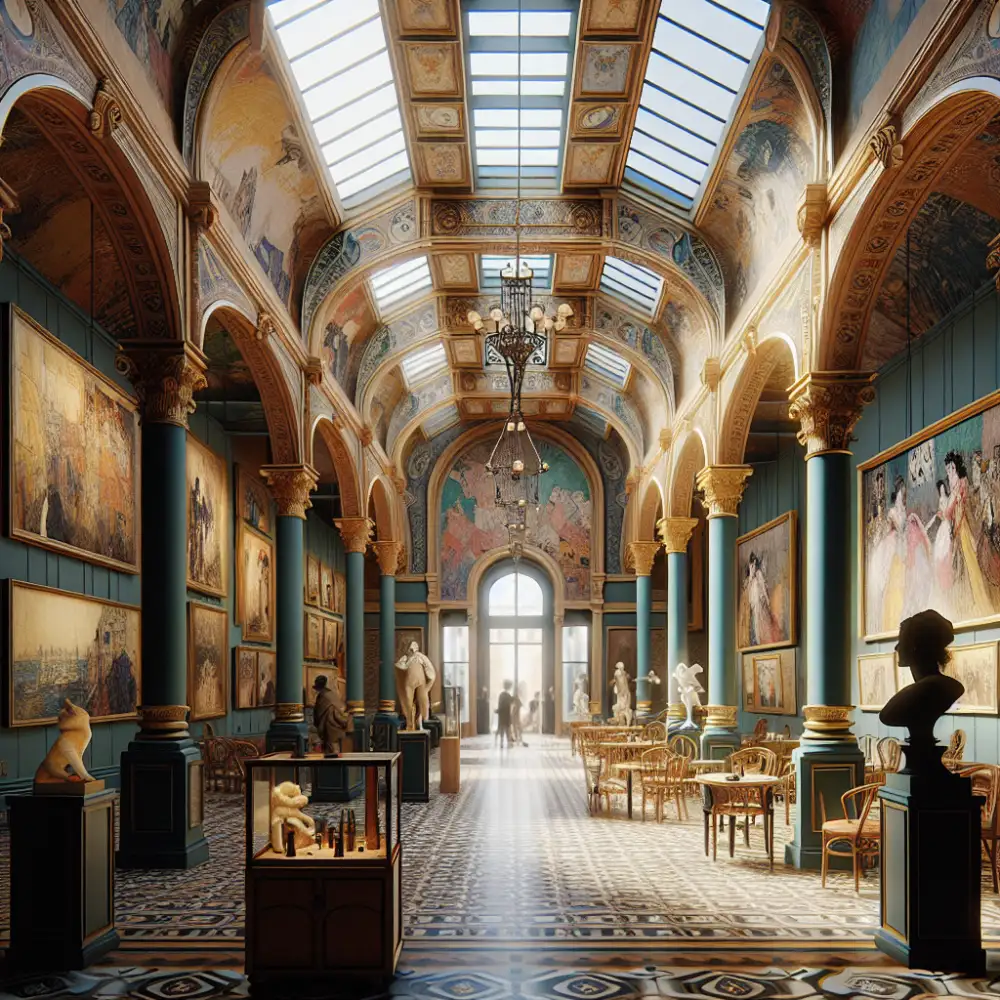
Lautrec's style is characterized by its bold outlines, often rendered in black, which lend a graphic quality to his work. He employed flat areas of color, influenced by Japanese woodblock prints, and his unconventional compositions, often asymmetrical and cropped, add a sense of immediacy and movement. He wasn't afraid to depict his subjects with unflinching realism, capturing their individuality and humanity, even in the most marginalized of societies.
A visit to the Toulouse-Lautrec Museum offers an unparalleled opportunity to delve into the artist's world. The museum houses the largest public collection of his work, including iconic paintings like "At the Moulin Rouge" and "Jane Avril in the Entrance to the Moulin Rouge." Beyond these masterpieces, the museum showcases the breadth of Lautrec's artistic output, from drawings and sketches to lithographs and posters, providing a comprehensive understanding of his creative process and evolution.
Museum History
The Musée Toulouse-Lautrec, nestled in the charming town of Albi, France, stands as a testament to the life and work of Henri de Toulouse-Lautrec, one of the most celebrated Post-Impressionist artists. The museum finds its home in the Palais de la Berbie, a magnificent episcopal palace dating back to the 13th century. This imposing fortress, overlooking the Tarn River, once served as the residence of Albi's powerful bishops.
In the early 20th century, the palace underwent a transformation when it was chosen to house a museum dedicated to Toulouse-Lautrec. The artist, though born in Albi, achieved fame primarily in Paris. However, his roots in Albi ran deep, and upon his death in 1901, his parents sought a fitting tribute to their son's legacy. They generously donated his vast collection of artwork to the town, a gift that formed the foundation of the Musée Toulouse-Lautrec.
The museum opened its doors to the public in 1922, offering visitors a unique opportunity to delve into the world of Toulouse-Lautrec. The collection, considered the largest in the world dedicated to the artist, encompasses over 1,000 works, including iconic paintings, drawings, lithographs, and posters. From his early childhood sketches to his renowned depictions of Parisian nightlife, the museum provides an unparalleled glimpse into the evolution of Toulouse-Lautrec's artistic style and his perceptive observations of the human condition.
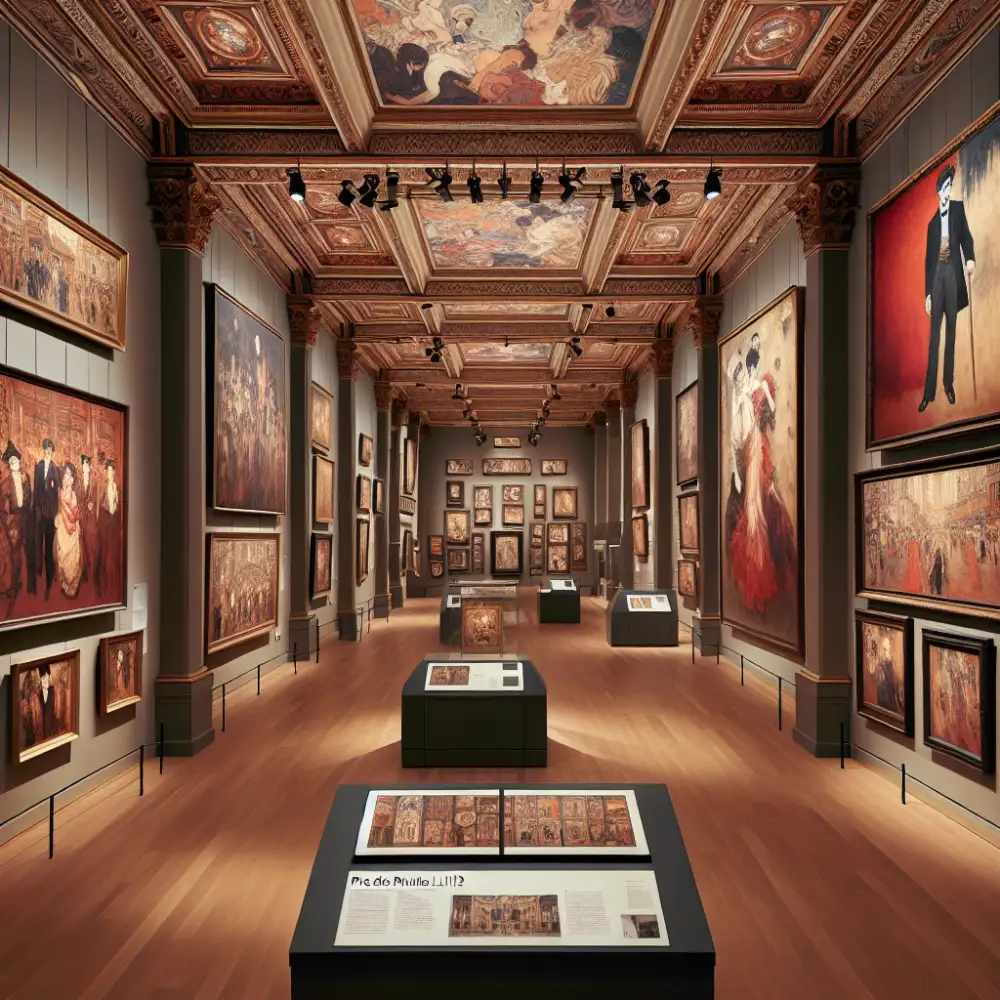
Permanent Collection
The museum boasts an unparalleled collection of works by Henri de Toulouse-Lautrec, offering a comprehensive look at the artist's career. More than 1,000 pieces are housed here, including paintings, drawings, lithographs, and posters. Visitors can trace Lautrec's artistic evolution from his early Impressionistic influences to the development of his unique style characterized by bold lines, vibrant colors, and a fascination with Parisian nightlife. Highlights of the permanent collection include iconic posters like "Moulin Rouge - La Goulue" and "Jane Avril," which capture the energy and allure of Montmartre's cabarets. Intimate portraits of performers, friends, and denizens of the Parisian underworld provide a glimpse into Lautrec's world and the bohemian subculture he immortalized. The collection also features lesser-known but equally compelling works, such as landscapes, animal studies, and early academic drawings, revealing the breadth of Lautrec's talent. The museum's commitment to preserving and showcasing this remarkable collection ensures that Toulouse-Lautrec's legacy as a master of Post-Impressionism continues to inspire and captivate audiences from around the world.
Iconic Works
The Musée Toulouse-Lautrec in Albi, France, stands as a testament to the artist's enduring legacy. It houses the largest collection of his works, offering a comprehensive look at his artistic journey. Among the iconic pieces on display are:
"At the Moulin Rouge" (1899-1900): This masterpiece captures the vibrant energy of the famed Parisian nightclub, with its dancers, musicians, and patrons rendered in Lautrec's signature style.
"Jane Avril Dancing" (1892): Lautrec was fascinated by the dancers of Montmartre, and Jane Avril, with her distinctive red hair and expressive movements, became one of his favorite subjects.
"The Bed" (1893): This intimate portrayal of two women in bed reflects Lautrec's interest in depicting the lives of marginalized communities, particularly those on the fringes of society.
"Divan Japonais" (1892-1893): Lautrec's fascination with Japanese art is evident in this iconic poster, which advertises a Parisian café-concert featuring the singer Yvette Guilbert.
"La Goulue at the Moulin Rouge" (1891): La Goulue, whose stage name meant "The Glutton," was a star dancer at the Moulin Rouge. Lautrec's poster captures her dynamic stage presence and the allure of the cabaret.
These works, along with countless others in the museum's collection, provide an unparalleled glimpse into the world of Henri de Toulouse-Lautrec, his artistic genius, and the bohemian Paris he immortalized.
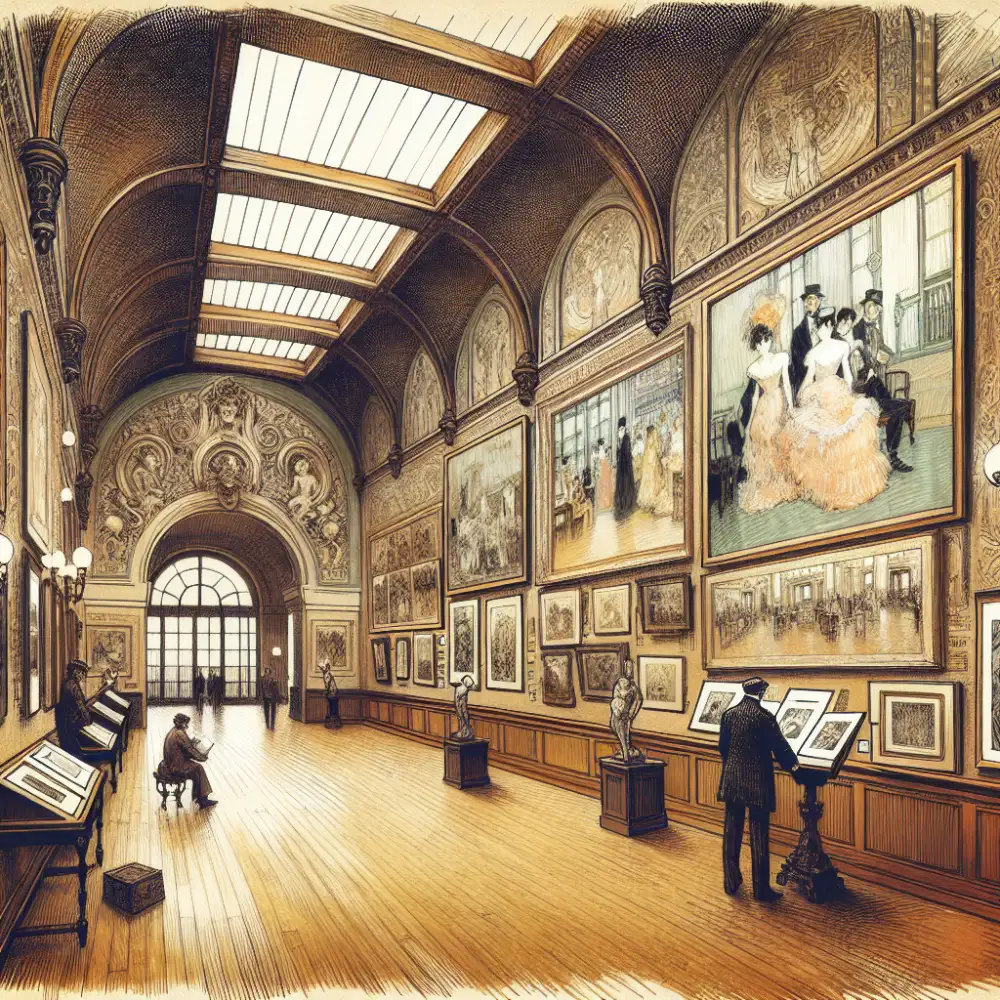

Temporary Exhibits
The Musée Toulouse-Lautrec in Albi, France, regularly features temporary exhibits that complement its permanent collection and offer fresh perspectives on the artist and his era. These exhibits may showcase works by Lautrec's contemporaries, explore themes present in his art like Parisian nightlife or the world of the theater, or delve into specific aspects of his artistic techniques such as his mastery of lithography. Keep an eye on the museum's official website for announcements and details about upcoming temporary exhibitions. These limited-time showings provide a fantastic opportunity to further immerse yourself in the world of Toulouse-Lautrec and the vibrant artistic landscape of late 19th-century France.
Educational Programs
The Musée Toulouse-Lautrec offers a diverse range of educational programs designed to engage visitors of all ages and backgrounds. For school groups, the museum provides tailored tours and workshops that align with curriculum objectives, introducing students to Lautrec's artistic techniques, subject matter, and the bohemian world of Montmartre. Family-friendly activities, such as interactive exhibits and art-making sessions, encourage children to explore Lautrec's world in an engaging and accessible way. The museum also hosts lectures, symposiums, and film screenings that delve deeper into Lautrec's life, work, and the broader artistic and social context of his time. These programs provide opportunities for lifelong learners to expand their knowledge and appreciation of Lautrec's enduring legacy.
Visitor Information
The Musée Toulouse-Lautrec, located in Albi, France, welcomes visitors to explore the life and works of the renowned artist Henri de Toulouse-Lautrec. The museum is open daily from 9:30 am to 5:30 pm, except on Tuesdays and certain holidays. It is recommended to check the official website for the most up-to-date opening hours and any temporary closures. Admission to the museum is free for visitors under the age of 18, as well as for everyone on the first Sunday of each month. For other visitors, an admission fee applies. Guided tours are available in both French and English, providing insights into Lautrec's artistic techniques, inspirations, and the historical context of his work. The museum is accessible to visitors with disabilities, with ramps, elevators, and adapted restrooms available. Audio guides are also available in multiple languages for an enhanced visitor experience. The museum shop offers a wide selection of books, posters, postcards, and souvenirs related to Toulouse-Lautrec and his art. Visitors can find refreshments at the museum café, which offers stunning views of the Tarn River.
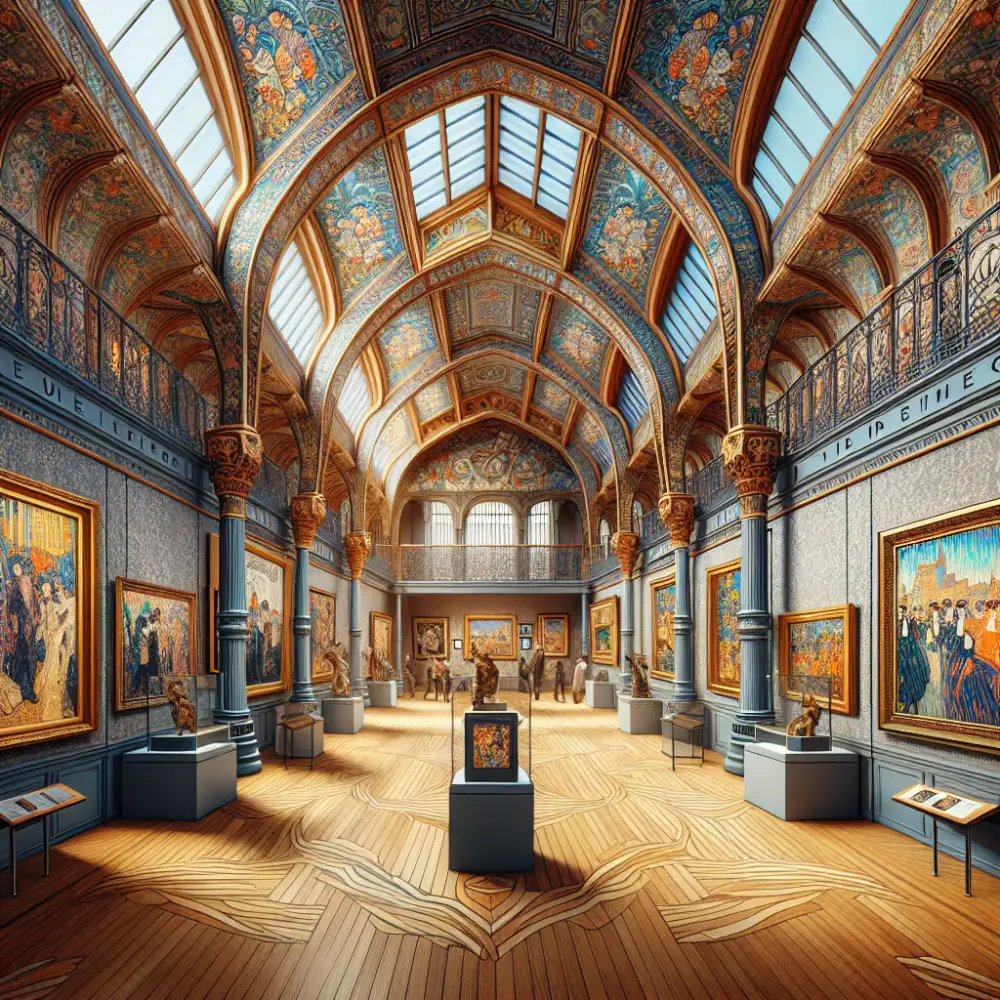
Toulouse Today
The Musée Toulouse-Lautrec, nestled in the heart of Albi, France, stands as a testament to the life and work of Henri de Toulouse-Lautrec, one of the most celebrated Post-Impressionist artists. Housed in the magnificent former Episcopal Palace, a UNESCO World Heritage site, the museum boasts the largest public collection of Lautrec's works, encompassing over 1,000 pieces, including iconic paintings, drawings, lithographs, and posters. Visitors can trace the artist's artistic evolution from his early academic works to his groundbreaking depictions of Parisian nightlife and the bohemian underbelly of Montmartre. The museum's collection offers a comprehensive look at Lautrec's mastery of line, color, and composition, showcasing his unique ability to capture the energy and essence of his subjects. Beyond Lautrec's masterpieces, the museum also features a diverse collection of 19th and 20th-century art, including works by artists who influenced Lautrec and those he inspired.
The legacy of Henri de Toulouse-Lautrec, a master of Post-Impressionism, thrives within the walls of the museum dedicated to his name. Through his iconic posters, intimate portraits, and captivating scenes of Parisian nightlife, we are transported to the heart of Montmartre in the late 19th century. The museum, housed in the Hôtel de Savary, provides a fittingly elegant backdrop for Lautrec's evocative works. As we wander through the galleries, we are reminded of the artist's unique perspective, his ability to capture the essence of his subjects, and the vibrancy of a bygone era. The Musée Toulouse-Lautrec stands as a testament to the enduring power of art to transport us through time and allow us to experience the world through the eyes of a true visionary.
Published: 26. 06. 2024
Category: culture



